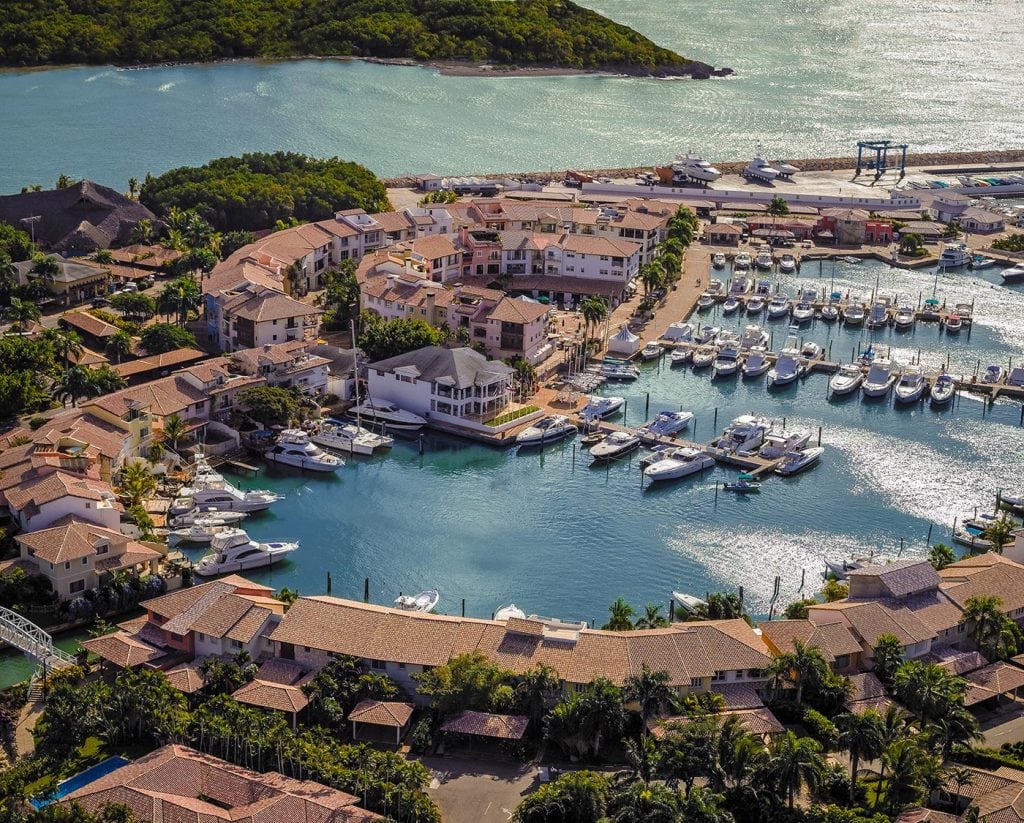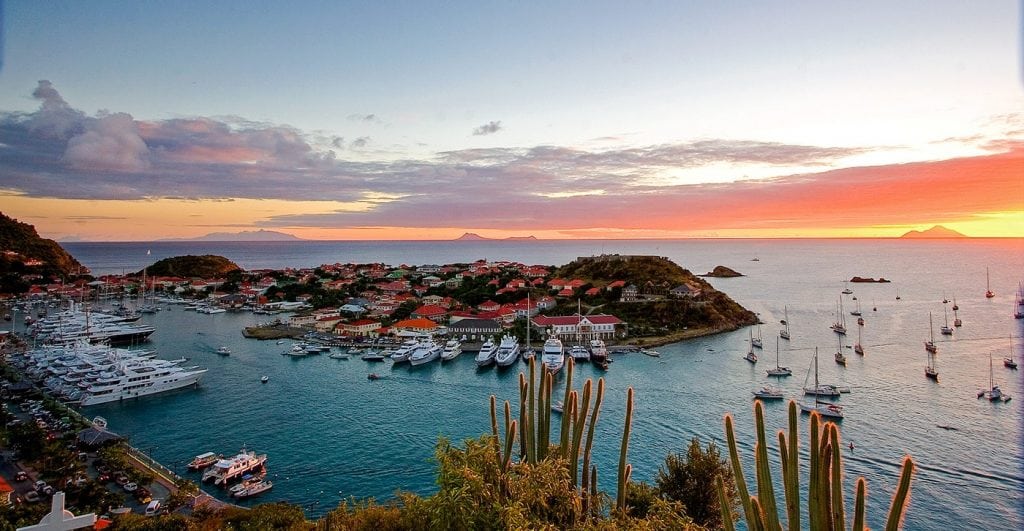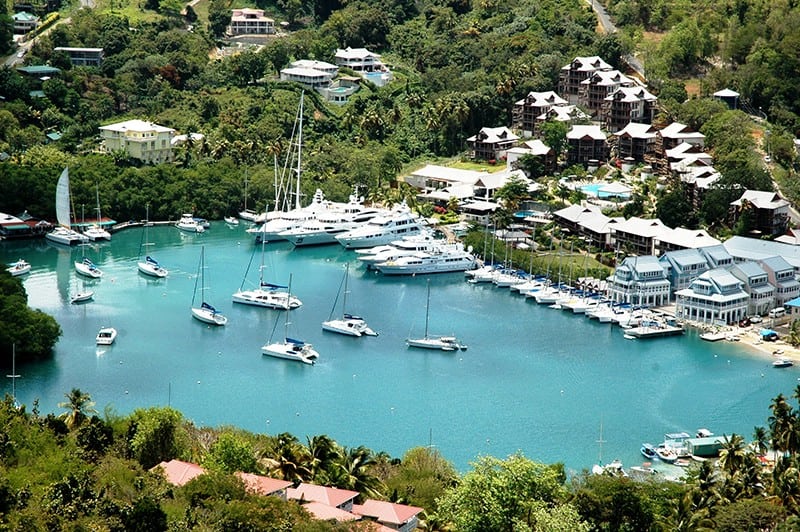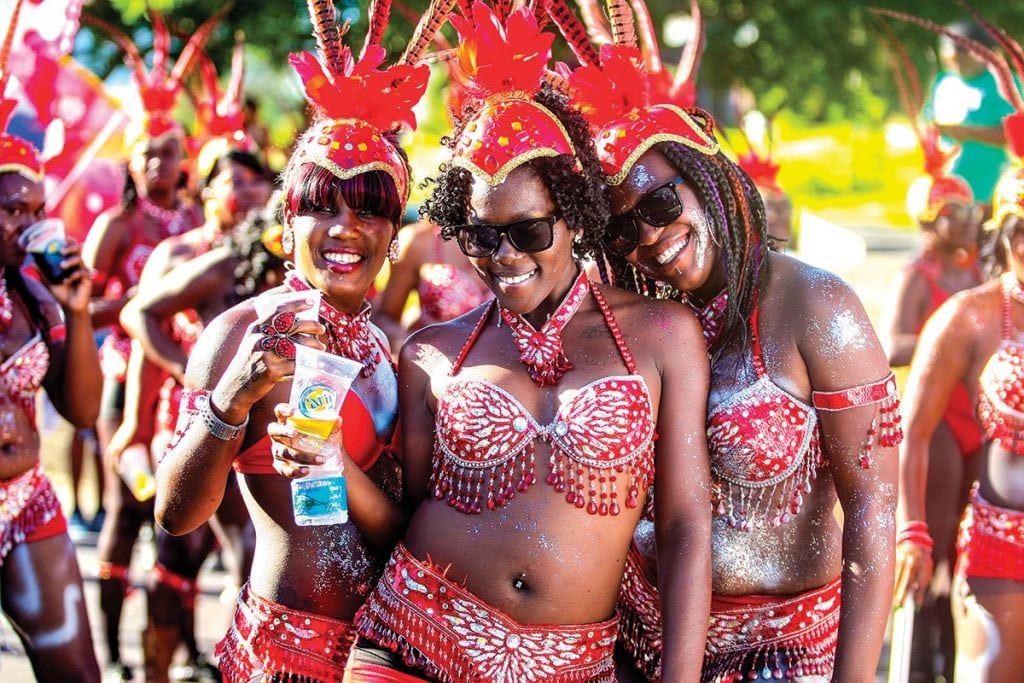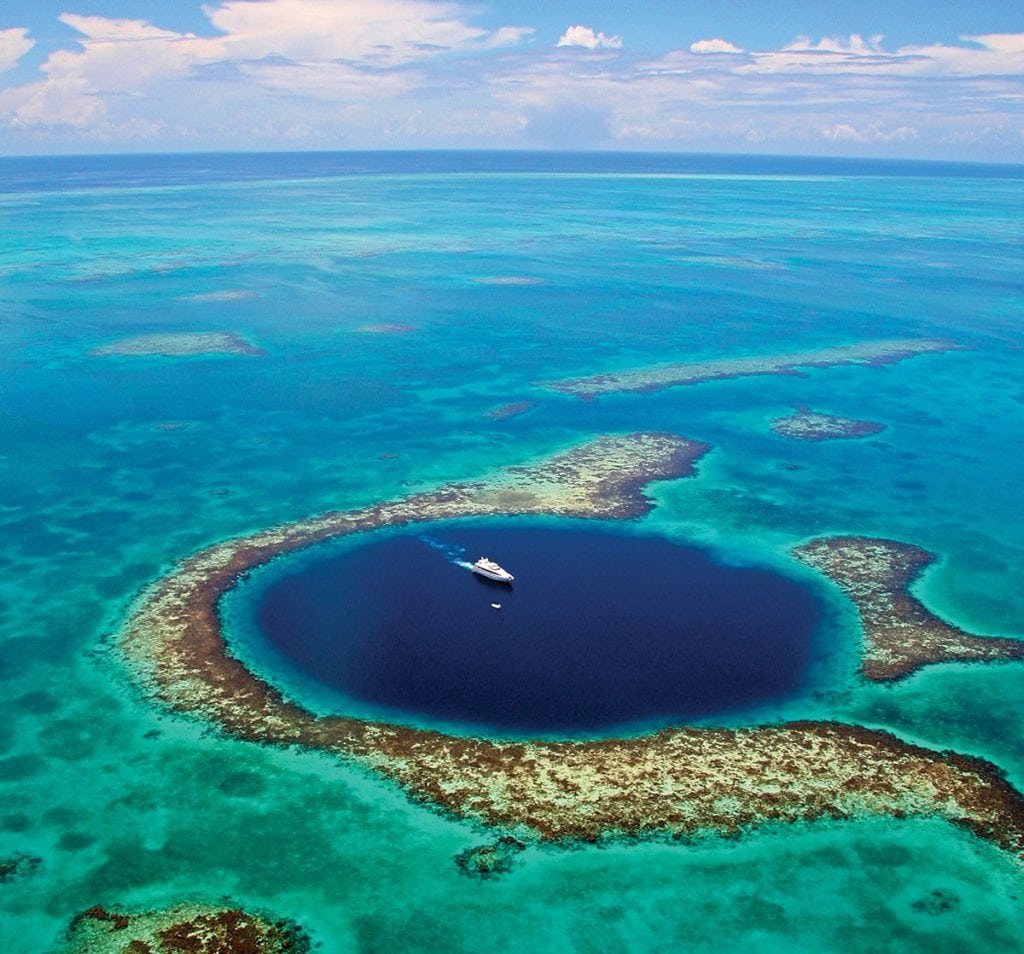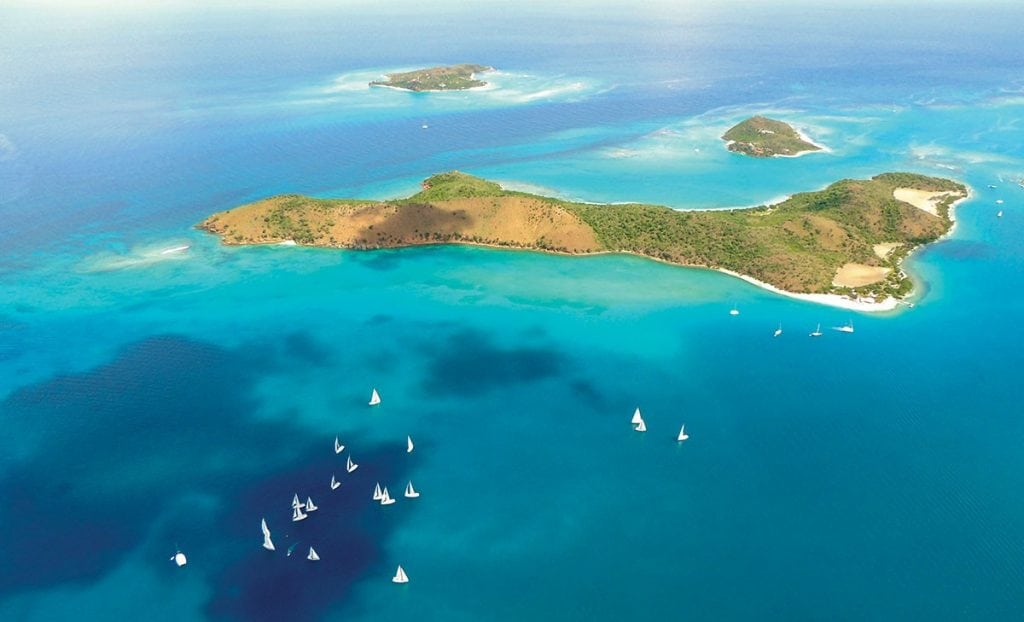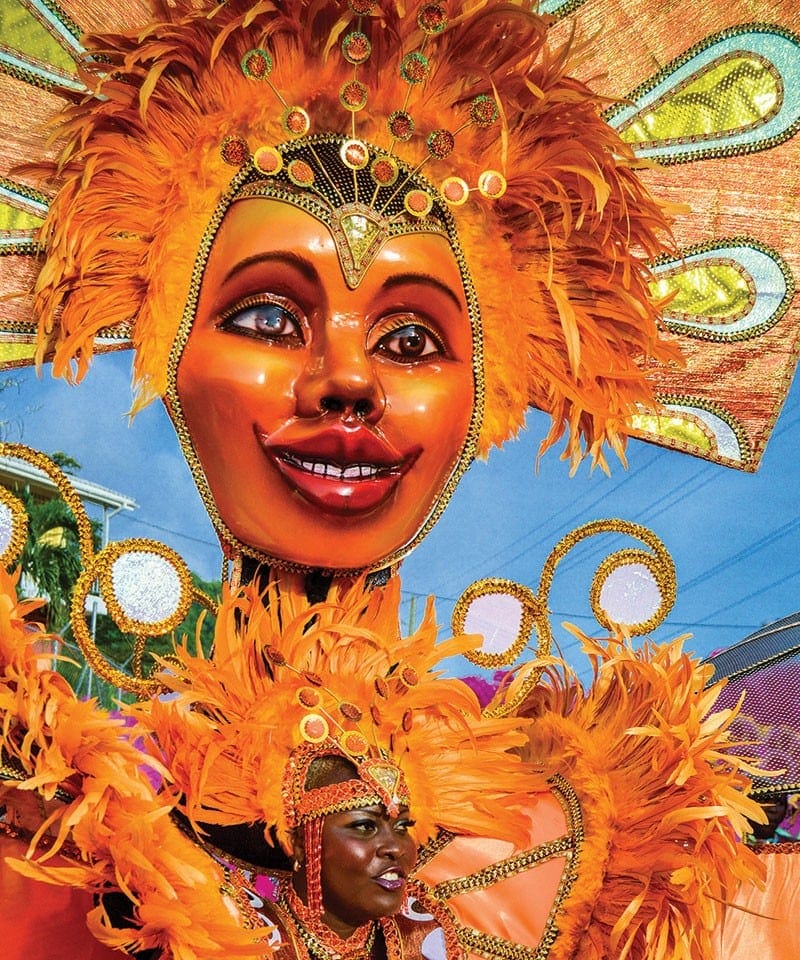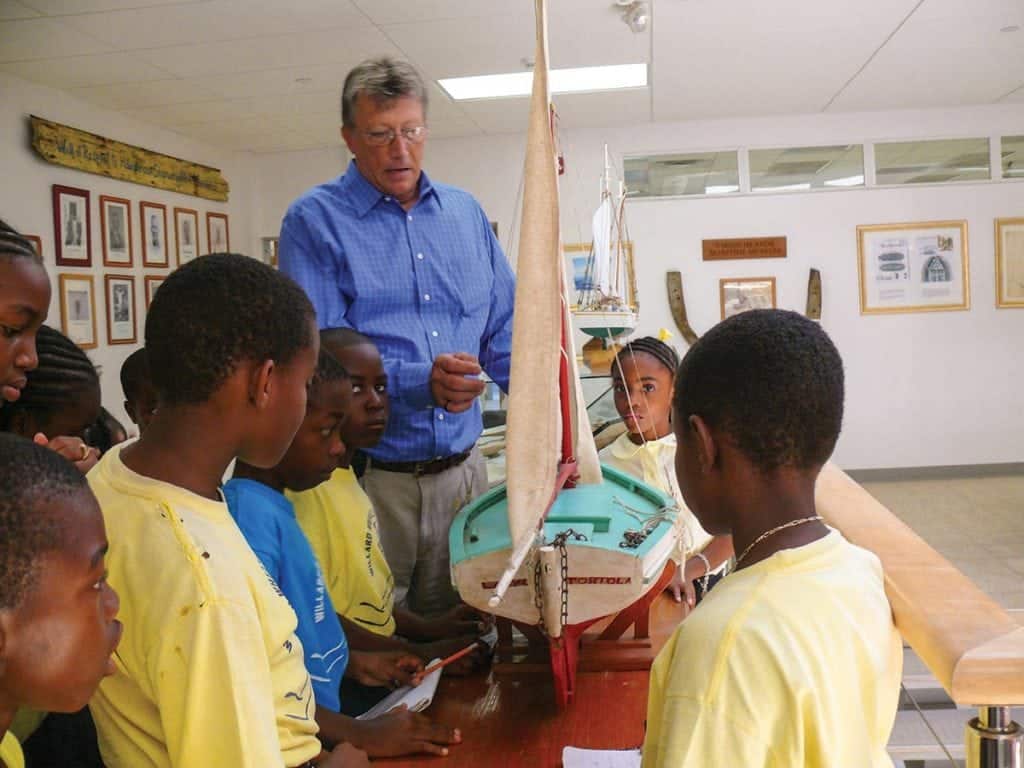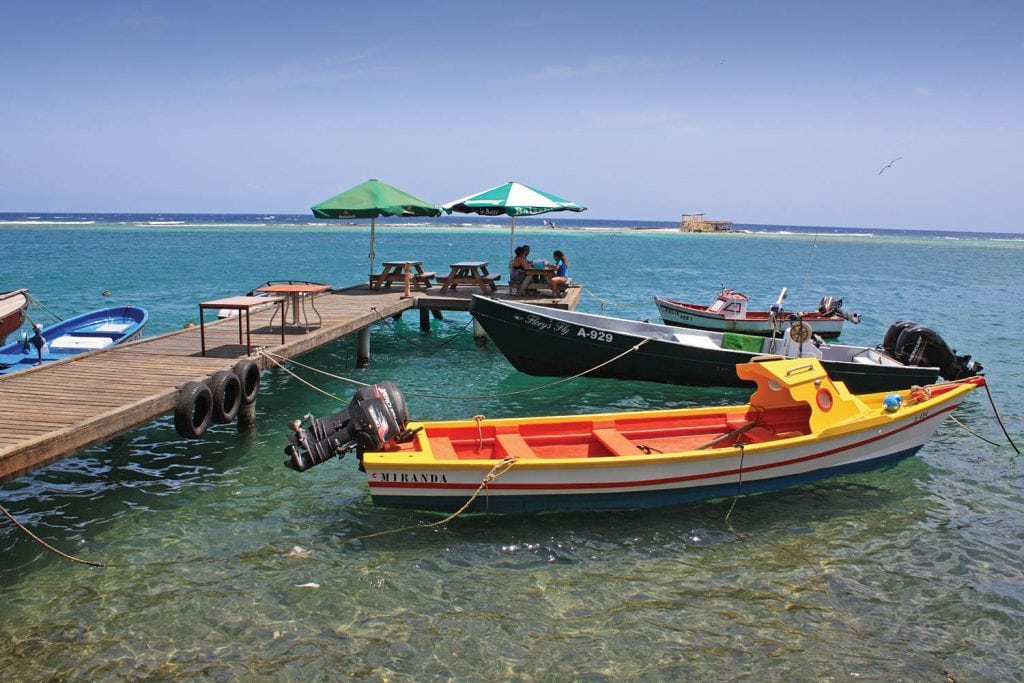Caribbean
Monthly Regional Reports for the Caribbean are posted the first week of each month so you’ll find the best of the Caribbean! The Caribbean islands offer an array of experiences for boaters. From unique cultures in St. Maarten to world-renowned diving in Belize, the region has it all. Southern Boating’s articles provide helpful insight into traveling the Caribbean by boat—including features on regions such as: Puerto Rico, Antigua, Belize, Grenada, St. Maarten, the British Virgin Islands, Aruba, St. Lucia and more. Monthly updates include news about events, fishing tournaments, and sailing regattas. Detailed cruising guides can be found in thoroughly researched articles by Southern Boating experts.
Casa de Campo, Dominican Republic
Cruise to Culture and Charisma Stretching more than four miles along the southeast coast of Hispaniola, and nestled among Cuba,...
Read moreDetailsSt. Barth
St. Barth: Worth the trip and the budget Although my family can hardly be included among the glitterati, enchanting St....
Read moreDetailsCapella Marina at Marigot Bay, Saint Lucia
Hospitality is the primary goal of the Capella Marina at Marigot Bay with dedicated staff on hand around the clock....
Read moreDetailsCaribbean’s Kick-Off
Expect fun and rum at the 46th Budget Marine Spice Island Billfish Tournament hosted out of the Grenada Yacht Club...
Read moreDetailsCaribbean Carnivals
Parades and parties kick off the celebrations held to commemorate St. Lucia Day on December 13th. Named for the patron...
Read moreDetailsBelize, It’s UnBelizeable!
It's UnBelizeable! There is a lengthy list of sensible reasons why Belize belongs on the must-do list when it comes...
Read moreDetailsRace, Sail and Party in the B.V.I.
Relaxation, team racing and partying is the best way to describe the Moorings Interline Regatta, set for October 14-23 in...
Read moreDetailsGrenada Celebrates Competition, Carnival and Chocolate
August is an awesome month to charter a yacht out of the southern Caribbean island of Grenada. “The clarity and...
Read moreDetailsVirgin Islands Maritime Museum adds two Priceless Artifacts
A compass manufactured in 1928 by Boston’s E.S. Ritchie & Son and an oil painting of the 1903 Tortola-built Lady...
Read moreDetailsAruba
Aruba shows off it's many (beautiful) sides The more one cruises in the islands, the more apparent it becomes that...
Read moreDetails

